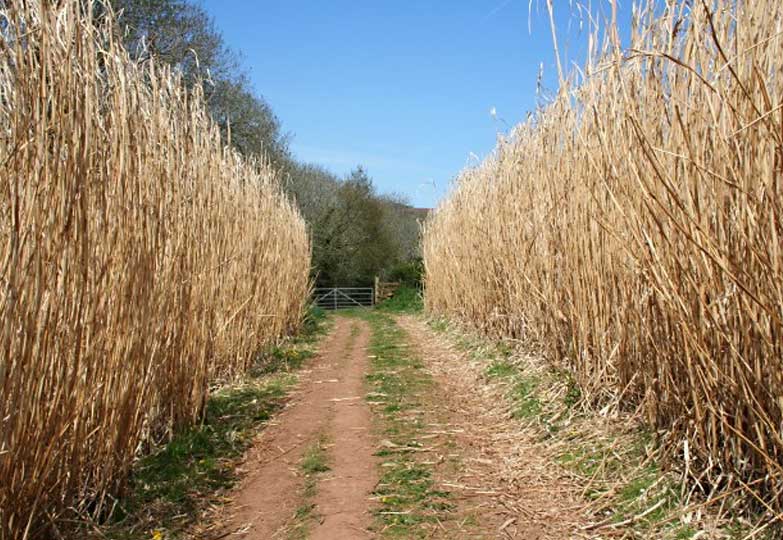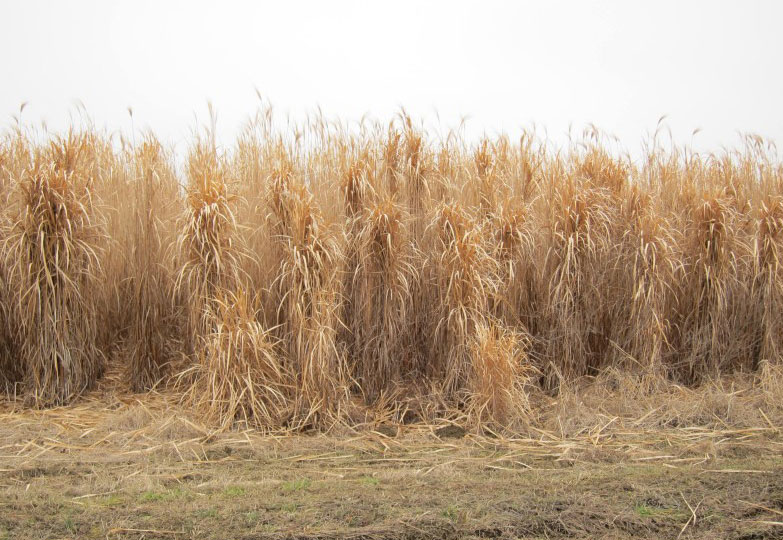Miscanthus Giganteus
Miscanthus giganteus, also referred as elephant grass, is native to Eastern Asia, North India and Africa. Originally the grass was used to feed livestock and make roofs or paper. Miscanthus became known in Europe from the 1930s but was mainly used as a decorative grass. However, soon, in the 1960s, it started attracting attention due to its high biomass and began to be studied as promising plant for energy uses.
It is known that perennial grasses like bamboo and Miscanthus can often produce higher yields of biomass than forest trees. But there is more to Miscanthus than just its biomass. Researchers have been studying Miscanthus for its significant capacity for carbon removal and high yield, and, consider it an ideal energy crop, have been trying to discover its whole scope of application.
Miscanthus is a perennial hybrid grass, with wood-like stems resembling bamboo, and can grow up to 4 m in one season. However, it takes the grass up to three or four years to mature and reach its full growth potential. While there are many Miscanthus species, Miscanthus giganteus has highest value for biomass production. The plant grows easily on marginal soils, has low fertilizer and water demands, and high biomass; (it also absorbs lot of CO2). All these characteristics make it very suitable as an energy crop which can be converted into green-methanol and sustainable aviation fuel (SAF).
Miscanthus cannot form fertile seeds: it spreads naturally by rhizomes, whose spread is slow. This rules out any risk of uncontrolled invasion by the species. The plant is also non-invasive in the sense that it does not absorb excessive moisture from or drain the ground to the impoverishment of the soil.
On the contrary, perennial grasses like Miscanthus hold back water erosion and wind erosion, and protect the soil. Yet Miscanthus is not only good for the soil — enhancing its quality and cleaning its water content — but in addition, a field of Miscanthus is very effective in absorbing the CO2 from the environment. Besides this, biodiversity is also associated with perennial landscapes, since a high grass such as Miscanthus offers a home to many vertebrate and insect species.


